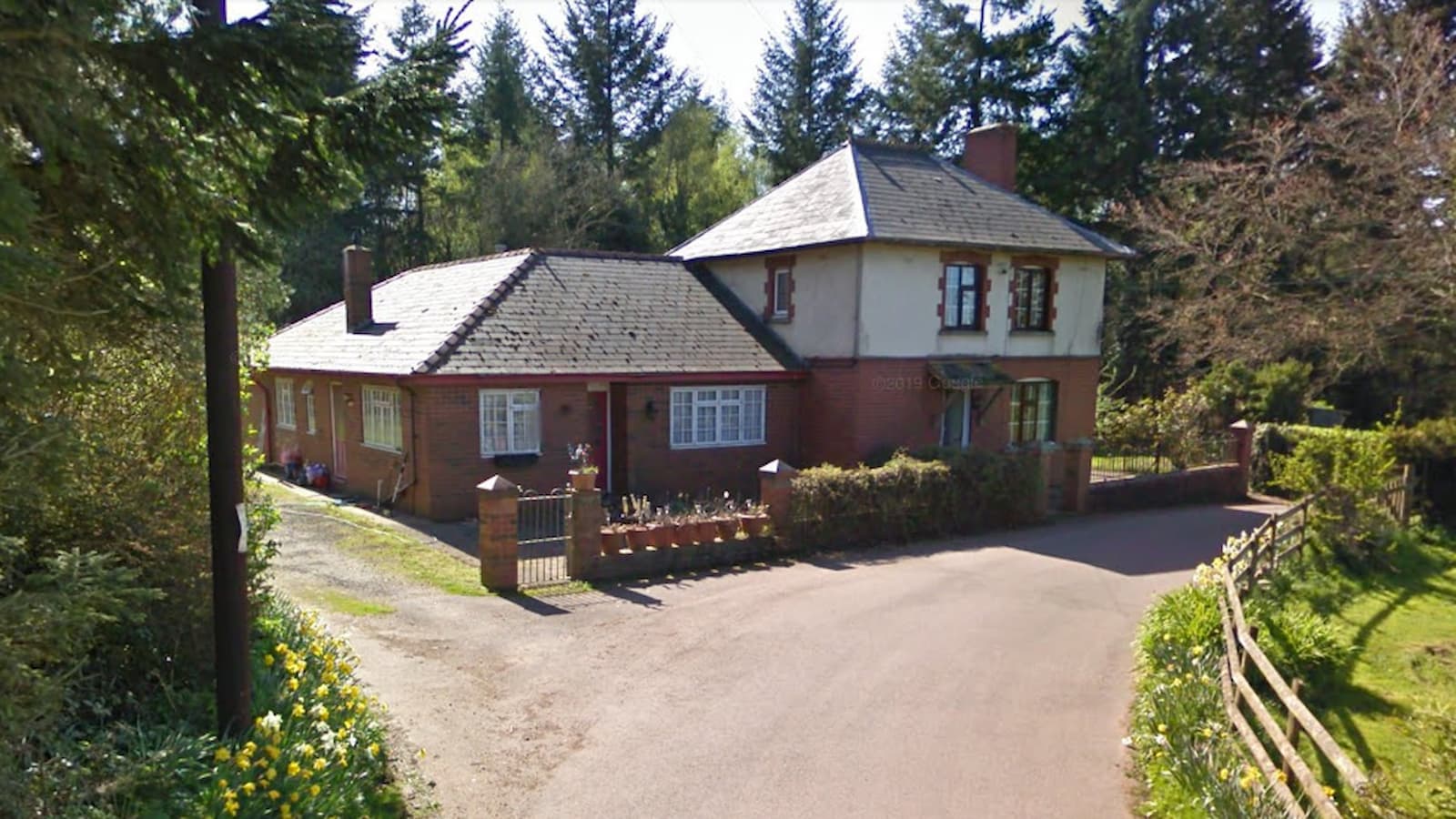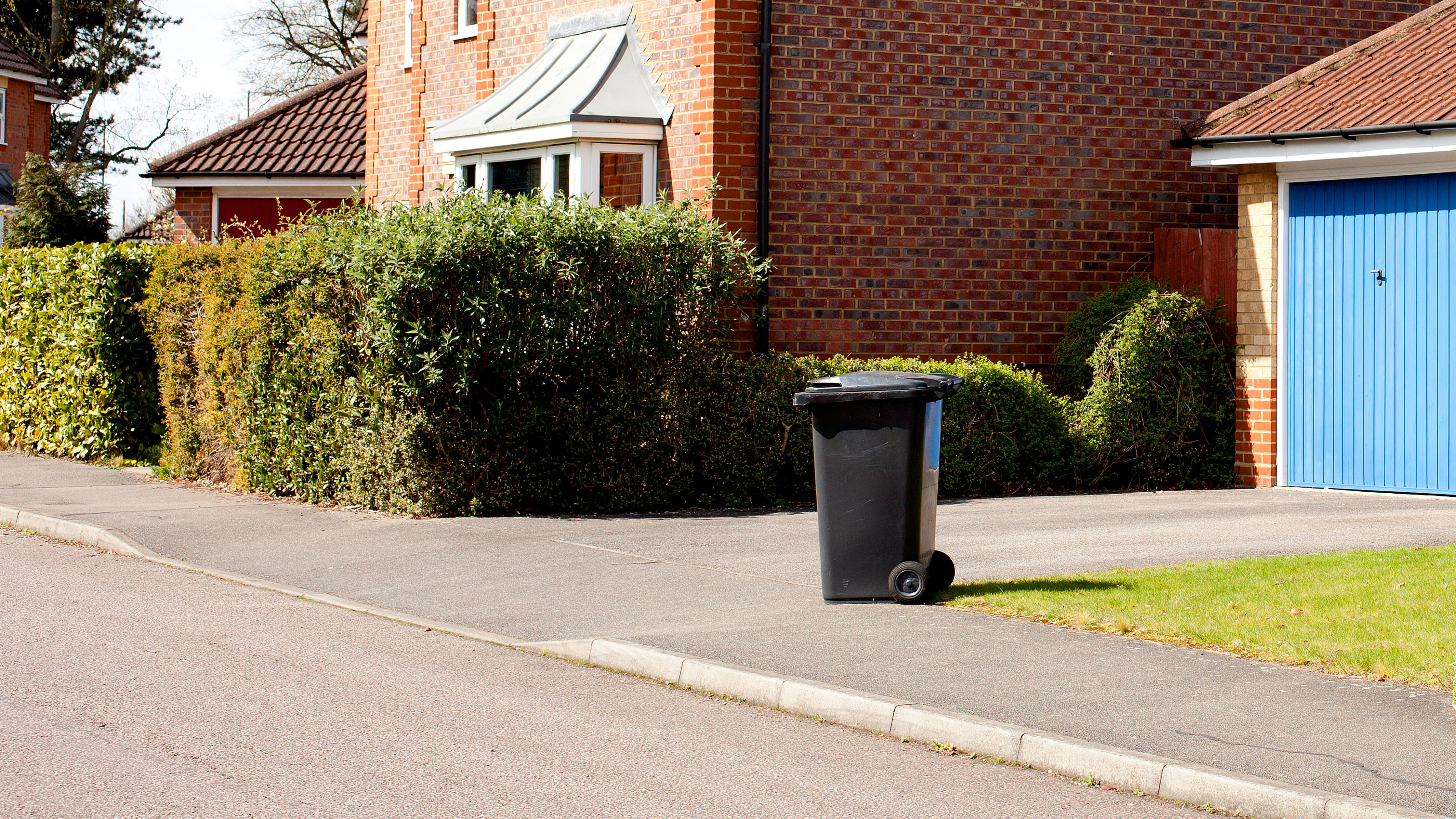Planning permission not required to turn two semi-detached houses into one home in unique case in Wales
Monmouthshire County Council ruled that two semi-detached homes joined together by the homeowner did not require planning permission — but, our planning expert reveals this isn't often the case

Two semi-detached homes in Monmouthshire that were joined together to create one larger home do not need planning permission, the local council has adjudged.
Homeowner Ken Hammond joined the homes, based in Tregare, using an internal doorway so as not to make any external changes to the properties.
Despite planning permission often being needed for joining semi-detached properties together, Monmouthshire County Council ruled that the changes qualified under permitted development rights and that no application was needed.
How were the semi-detached homes joined together?
The work done to the semi-detached properties involved joining the two houses to create a one family home.
This was achieved by creating an internal doorway that connected the two previously separate properties. The conversion was focused on internal changes only, meaning there were no external modifications or structural alterations to the exterior of the buildings.
Mr Hammond ensured that these internal adjustments merged the properties into one cohesive living space while keeping the exterior unchanged.
Why was planning permission not needed?
The council swiftly approved the lawful development certificate application made by the homeowner. No formal planning permission was not needed for the conversion of the two semi-detached houses into a single home because the changes were internal and did not significantly impact the building’s character or its surroundings.
Get the Homebuilding & Renovating Newsletter
Bring your dream home to life with expert advice, how to guides and design inspiration. Sign up for our newsletter and get two free tickets to a Homebuilding & Renovating Show near you.
According to the planning officer, Helen Etherington, under the Town and Country Planning Act 1990, planning permission is required when converting a single house into multiple homes.
However, planning law does not specifically require permission to combine two houses into one. She referenced a 2001 court judgement that clarified planning permission is only necessary if the changes result in a "significant change in the character and impact of the use in planning terms".
Etherington noted that in this case, there was no "more than marginal" impact because the alterations were entirely internal, meaning the work qualified under permitted development rights.
Furthermore, she added that Monmouthshire’s local development plan had "no relevant policy seeking to retain such dwellings in rural locations," supporting the decision that planning permission wasn’t necessary.
"In most cases, you will need to obtain full planning permission" to join two semis
Simon Rix, planning consultant at Planix.UK explains that although planning was not required in this instance, joining two semi-detached homes is still subject to several planning rules.
He emphasises that "in most cases, you will need to obtain full planning permission from the local planning authority (LPA)" because the work involves both a "material change in the use of the property" and "significant structural alterations".
The LPA also assesses these proposals based on several factors, including the impact on housing supply and local infrastructure.
A major concern for local authorities is the "potential reduction in housing supply". Rix explains that "combining two houses into one reduces the overall number of housing units, which may be a concern for the LPA, especially in areas with high housing demand". In such cases, authorities may be hesitant to approve the project if it negatively affects the local housing stock.
For properties that are listed buildings or situated in conservation areas, Rix notes that "you will need listed building consent in addition to planning permission," and special considerations will apply. The LPA may impose "stricter controls to preserve the character and appearance of the area".
Access and parking are also key factors in the approval process. Rix highlights that merging two homes may "alter the access requirements or affect parking arrangements". He advises that authorities will carefully review whether the proposal provides "adequate parking and access for the new, larger property and its occupants".
Finally, changes to driveways or access points, such as creating a new driveway or closing an existing one, may require separate permissions, like a "dropped kerb application".
Rix advises that it is essential to "talk with a good planning consultant" before starting such a project to "avoid unnecessary costs and increase the chances of getting the consents you need".
He also recommends being prepared for a consultation period, during which neighbours and other interested parties may comment or object, adding that addressing concerns like noise, disruption, and privacy is crucial to securing approval.

Simon Rix is a professional planning consultant, who began his career working in local government in the 1990s. He was a council officer and later an elected councillor, so he knows how the planning system works from both sides. He went on to set up Planix.UK Planning Consultants Ltd; a consultancy company that advises self builders, home extenders and those taking on small to medium-sized building projects on planning permission.


News Editor Joseph has previously written for Today’s Media and Chambers & Partners, focusing on news for conveyancers and industry professionals. Joseph has just started his own self build project, building his own home on his family’s farm with planning permission for a timber frame, three-bedroom house in a one-acre field. The foundation work has already begun and he hopes to have the home built in the next year. Prior to this he renovated his family's home as well as doing several DIY projects, including installing a shower, building sheds, and livestock fences and shelters for the farm’s animals. Outside of homebuilding, Joseph loves rugby and has written for Rugby World, the world’s largest rugby magazine.
